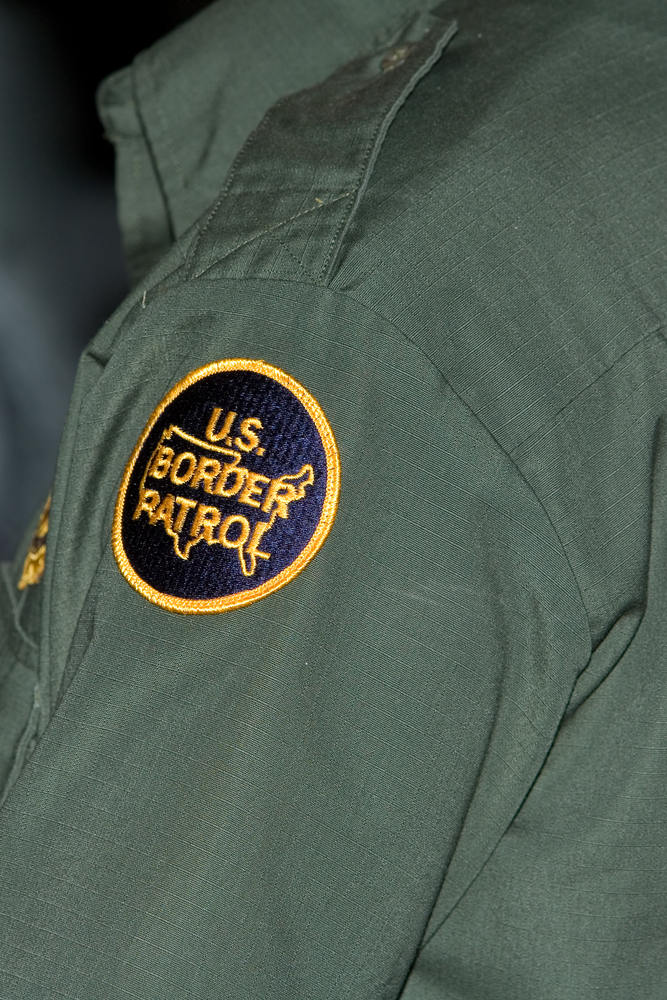
The Government Accountability Office (GAO) released a report last week examining the deployment strategy of U.S. Border Patrol agents and activities at immigration checkpoints in the Southwest region of the United States.
U.S. Border Patrol deploys agents along the southwest border in areas both close to the border and in locations up to 100 miles from the border. This is part of a layered or “defense in depth strategy” the agency deploys. In addition, immigration checkpoints are typically located between 25 and 100 miles from the border.
GAO was asked to review these strategies, particularly the defense in depth approach.
The GAO found that agent deployment decisions are based on a variety of factors, including staffing levels and the availability of agents. Currently, Border Patrol has about 1,900 fewer agents than authorized, which presents a major challenge for agent deployment. The problem is, attrition has exceeded hiring in recent years.
Further, due to these challenges, GAO found that agents were available for deployment about 43 percent of the time.
The office also learned that between 2012 and 2016, Border Patrol apprehended 2 million individuals along the southwest border. Many of these apprehensions occurred close to the border, with 42 percent occurring one-half mile or less from the border in 2016 compared to 24 percent in 2012. A major driver of this is the increasing number of apprehensions of children, who turn themselves into Border Patrol.
In addition, the locations where seizures of contraband took place remained the same, with the majority occurring 10 or more miles from the border.
Also, from 2013 through 2016, 2 percent of apprehensions and 43 percent of seizures occurred at immigration checkpoints. However, GAO found quality data lacking on apprehensions and seizures at checkpoints. There very well be more apprehensions and seizures than recorded as Border Patrol’s reporting does not distinguish between those that occurred “at” versus “around” a checkpoint.
Border Patrol is in the process of drafting guidance to clarify how checkpoint apprehension and seizure data is recorded. This is accordance with a past recommendation from GAO.
The GAO determined, after conducting the study, that it is not making any new recommendations. However, as mentioned, it has previously recommended that Border Patrol establish internal controls for checkpoint data. The Department of Homeland Security has taken some steps to improve the quality of checkpoint data, but additional actions are necessary.




